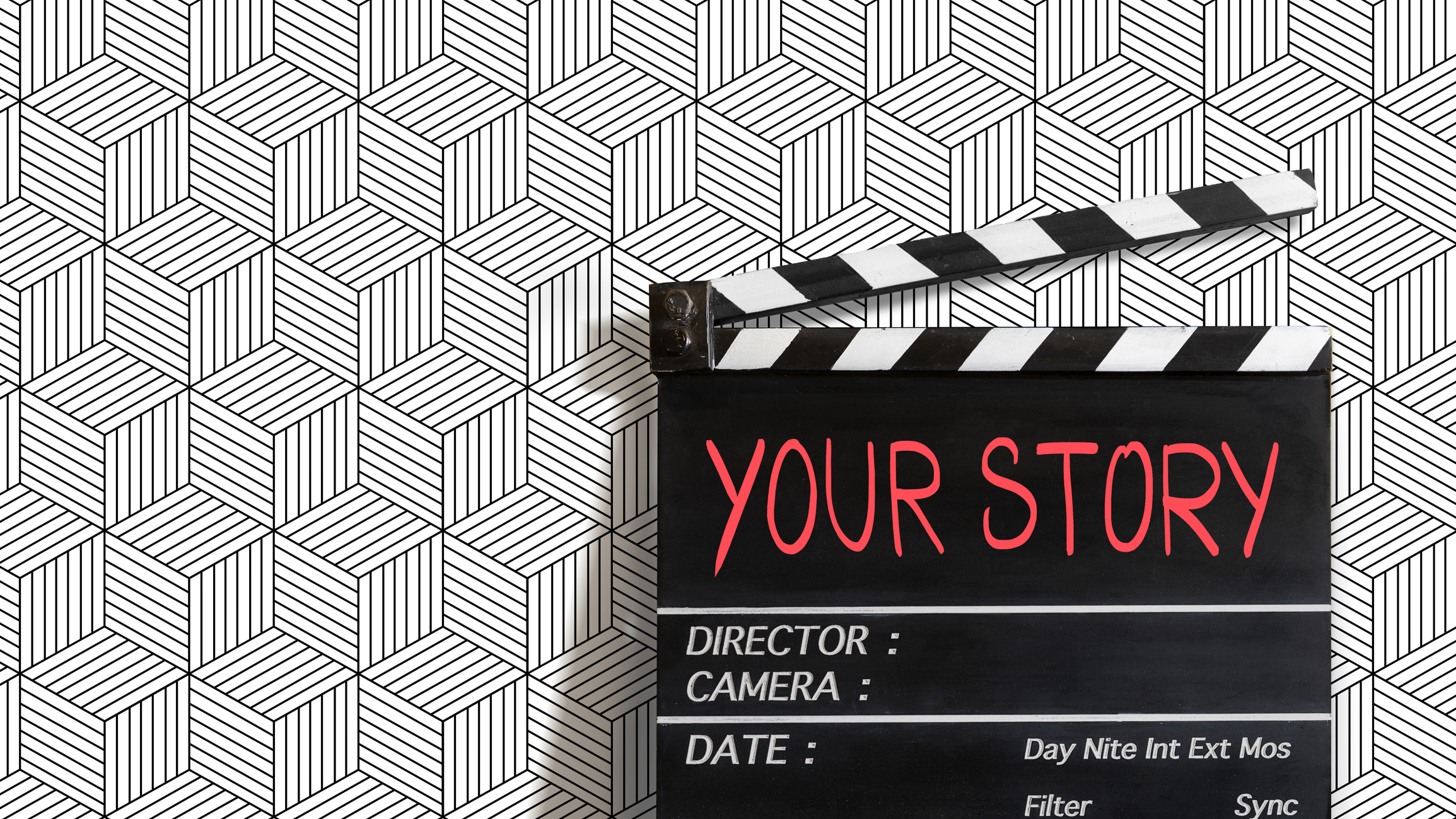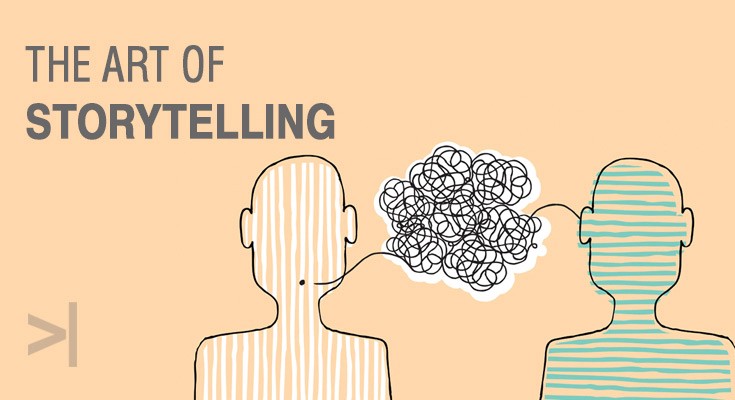Have you ever felt a hint of nostalgia listening to a television commercial or a children’s song? How many times did you repeat the whole jingle and sometimes even loudly in your head? Remember those stories at bedtime? How the memory of the tales remains still so vivid. The element common to all of these situations is — Storytelling through Design.
Stories are a powerful tool for creating an impression that lasts for a long. The art of storytelling has lived long, it has been here since the foundation of mankind.
What’s Storytelling through Design?
The design industry uses storytelling to obtain insight into users, build empathy, and emotionally reach out to them. Designers and freelance graphic designers create people to represent target users and add conflict to stories that reflect their users’ journeys and problems. By creating stories, designers can understand better what the users want from a solution.
What Makes Good Stories?
- Plot – What is it that users try to achieve/surpass?
- Character – Who are the users: not only demographically, but what insights do they (and their needs) need to understand?
- Theme – How can you give them a trustworthy presence and still distance yourself from competitors? How do you reflect on the overall hurdles that users have to overcome?
- Dialog/Diction – What is your design going to tell users, and how? Do their expectations match the formal/informal tone? How much text does it make for?
- Melody – How does the overall design pattern appear pleasant and predictable to the users, emotionally moving them?
- Décor – How are you going to present everything so that the graphics match the users’ settings? Would a classic or stylized, niche layout satisfy their expectations?
- Spectacle – How can you produce your design exceptionally so that users remember it?
How to Use the Power of Storytelling?
Here are some simple steps to help you start thinking like an author and enhance your storytelling:
1. Identify your story
What story do you want to tell? Think about what initially made you want to start your business. Make that passion part of your story. Start creating a summary of what you value the most and turn it into your mission statement. Also, your statement of the mission should include the following:
- Your product or service
- Your target audience
- Your location
- Your industry
- Your values
- Why you are different from others
Your mission statement does not need to state all of the points mentioned above, but these categories will serve as a stepping stone in formulating your story. If there’s something special about where you’re located geographically, stress that. If you’re targeting a very niche audience, name it. Include only details that would help spread your business word and evoke personal connections.
2. Research your competitors
Check out the companies that are in your sector. How is your story different than theirs? How do their storytelling work, and what elements of design do they use to tell their story?
3. Figure out what you will require
Begin building a project summary of assets you believe would best help you tell your brand’s story — and don’t get stuck with a linear approach. List any assets you may need: “I look at spreading my business over a website. To do so, I need the following assets: logo, photographs, and graphic design services flyer.
Think about your company’s current stage, and where you’d like to go in the future. Be strategic about the channels you’ll be telling your story through.
Brands that understand their message do not leave room for consumers to question their business integrity. They dominate the narrative and how their audience engages them.
4. Tell your story through look and feel
Choose how you need your story to be told with keywords, inspirational photographs, symbols, and colors that evoke your brand’s feelings after establishing what assets you need to start with. This will help streamline your communication with the designer when it comes to designing your mark.
Be careful with the symbols and color references that you choose to evoke to tell your story within your design. You don’t want any potential consumers to miss out on it. You can work with a designer with unlimited graphic design services to carry all of your designs through your brand storytelling consistently.
Strong, consistent visuals will have individuals believe a brand has done careful research in presenting itself with a particular image and standard that matches its story. That is your chance to tell your brand story through your brand design look and feel, so make the most of it.

You are the author of your story, so bring out the canvas and paint it out!
Historical records suggest that storytelling is always preferred over traditional storytelling techniques involving these designs. This is because the latter is boring, and if the story isn’t interesting, it’s unlikely that the audience will pay attention to any part. On the other hand, boring stories with excellent designs are likely to keep the audience engaged throughout, making the process of storytelling remarkable.
Your story narratives are “magic mirrors”—proving fine-tuned empathy and connecting with users’ values — where users discover how to make happy endings of their own.





